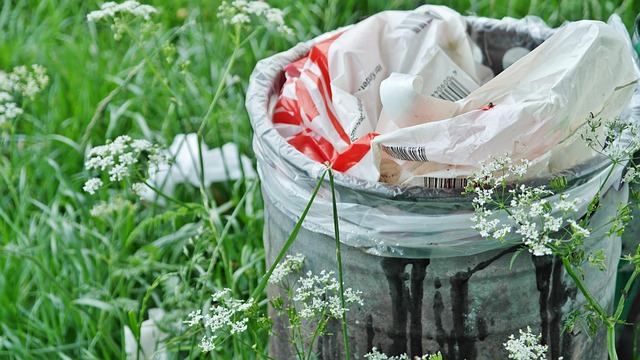Urban spaces, often dominated by concrete and asphalt, can feel isolating and disconnected from nature. However, the rise of urban green corridors offers a refreshing solution that promotes not just greenery but also a sense of community and well-being. These green pathways provide a vital link between parks, gardens, and natural habitats within bustling cities, allowing residents to reconnect with the natural world and enhancing their urban living experience.
From enhancing biodiversity to improving air quality, the benefits of integrating urban green corridors into city landscapes are profound. These corridors serve as mini-ecosystems, supporting wildlife and encouraging native plant growth. Imagine walking through a lush corridor teeming with butterflies and birds, providing a stark contrast to the often sterile urban environment. Not only does this improve the aesthetic appeal of neighborhoods, but it also creates a habitat for urban species struggling to survive amidst human development.
For gardening enthusiasts, urban green corridors present the perfect opportunity to cultivate thriving community gardens. These spaces can be transformed into vibrant hubs for growing vegetables, herbs, and flowers while fostering a sense of togetherness among residents. By contributing to these green spaces, individuals can take pride in creating a sustainable and eco-friendly environment, promoting healthy eating through the produce they grow, and enhancing the overall community spirit.
Besides environmental benefits, green corridors have a significant impact on mental health. Studies have shown that access to green spaces can reduce stress, anxiety, and depression. In a world where the pace of life can feel overwhelming, walking or cycling through a lush corridor can provide a much-needed escape, offering a moment of tranquility amid urban chaos.
Creating and maintaining urban green corridors requires collaboration between local governments, community members, and environmental organizations. By advocating for these green initiatives, cities can embrace a more sustainable future. Citizens can participate by planting native species, organizing clean-up events, and encouraging others to utilize these green pathways, turning them into bustling corridors of nature.
Incorporating eco-friendly practices such as rainwater harvesting and organic gardening within these corridors further enhances their sustainability. These approaches allow urban landscapes to thrive and make a positive impact on the environment while educating the community about the importance of nurturing nature.
As we navigate through dense urban jungles, the emergence of urban green corridors stands as a beacon of hope for a greener future. By nurturing these natural havens, we not only beautify our surroundings but also cultivate a thriving ecosystem, promoting health and well-being for all city dwellers.




